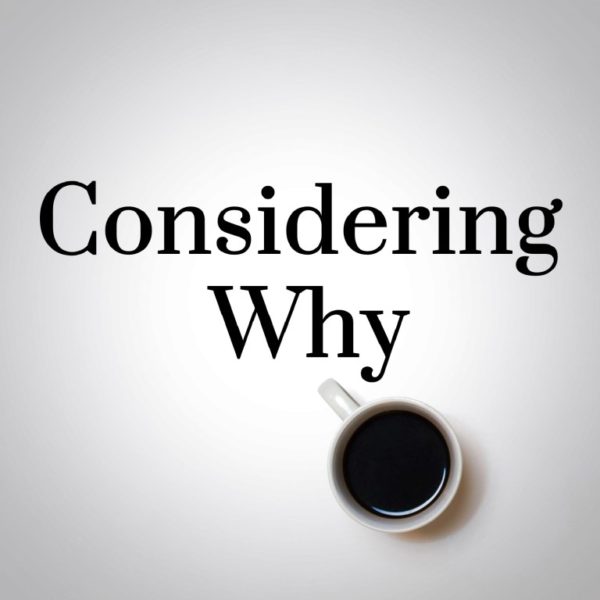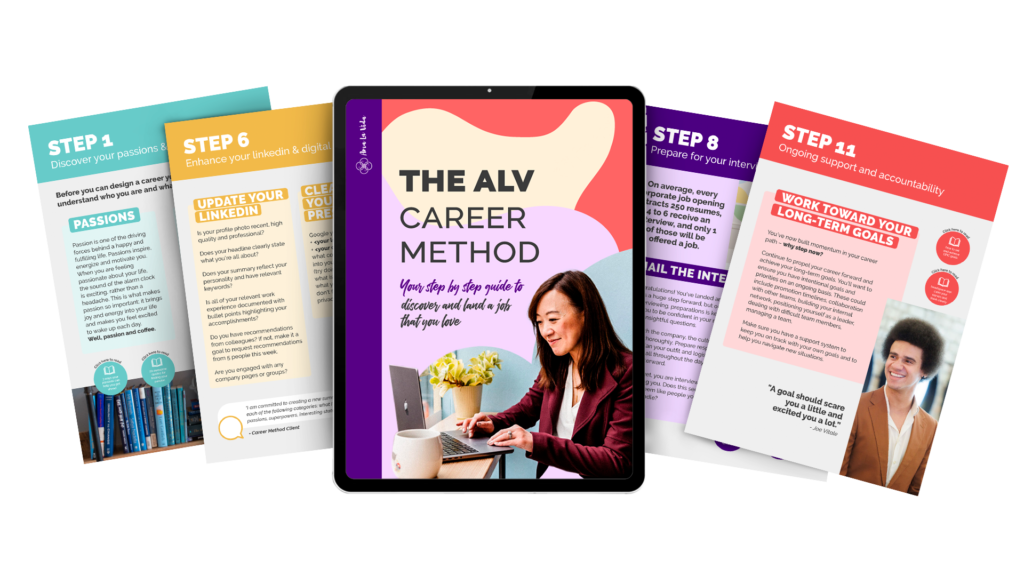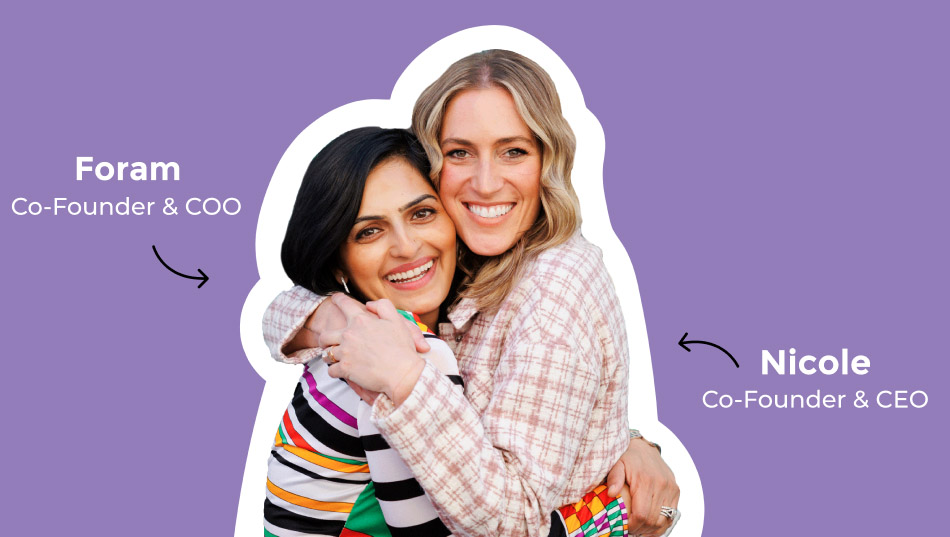How To Start A Podcast From Scratch in 2019

Do you love hopelessly skimming through radio stations on repeat to find something—anything—to listen to? How about never having enough sit-down time to focus on learning something new?
If you answered with a concrete ‘NO!’ to both, then rest assured, you’re not alone.
To fill that void, podcasts arrived at the scene, seemingly sweeping through the nation in recent years with hit shows like Serial, This American Life, The Joe Rogan Experience, and too many more to count. In fact, there are now over 500,000 podcasts available on iTunes, and the number of weekly podcast listeners went up by 6 million last year.
It shouldn’t really come as a surprise, of course. Podcasts serve a variety of functions. Whether you’re in need of entertainment for long commutes or are looking to keep your mind sharp with educational content, podcasts have your back.
And if you’re a creator (like me) then you can utilize them as an outlet to share your big ideas in greater detail that engages your audience while solidifying your voice in your given industry.
So how do you do it?
It isn’t as easy as pressing a button, but it’s not calculus, either. At the end of this post, you’ll know not only how to launch a podcast, but also how to avoid the walls that I ran into when starting out.
 Choose a topic
Choose a topic
This step is straight forward, but you may want to give it extra thought. You don’t want to pile a bunch of ideas together followed by picking one out of a hat; if you’re serious about starting a podcast, the topic must be something you’re willing to commit to. When I was at this stage, these were the types of questions and answers I found myself with:
- What are you interested in? Stories, psychology, living purposely in a practical manner…
- Why make a podcast about those things? I’m curious about them and want to understand them on a deeper level. The truth that I unearth from my intellectual digging will enrich my lifestyle, and sharing said truth with my audience might do the same for them.
When deciding on your topic, you want to begin with ideas you’re passionate about, but afterward, try to filter those with topics on which you have some knowledge. Once you’re there, consider whether your topic’s niche is over-saturated because, if it is, you’re going to be fighting an uphill battle for people’s attention.
 Decide on your podcast’s name
Decide on your podcast’s name
If you have a blog or a business, giving your podcast the same title would make a lot of sense, but you’re also allowed be creative. The process for deciding my own title looked like this:
What are you doing with your podcast?
I’m considering ideas, human behavior, and the relationship between the two.
How do you do that?
By asking ‘why’ when confronted with perplexing concepts until I get to the core of what’s going on.
After thinking it through, I took a step back, poured myself a 3rd cup of coffee, and decided that Considering Why was good enough for me.
Another important note to consider (one that I didn’t at the time) is that iTunes is a search engine. When you’re hoping to get your podcast found, it’s not a bad idea to include relevant keywords in your title. For instance, if you were making a podcast about Life Coaching, a good search engine optimized (SEO) title might be Empowerment: Learn to Grow Your Best Life. That way, if someone were to open iTunes and search for “learn to grow” or “best life,” your podcast would be more likely to show up.
 Figure out your format and style
Figure out your format and style
What should you do about format?
Is an interview set up the best to use, or would a solo or co-hosted show be better? Interviews are popular and great for acquiring a ton of new listeners (especially if the person you’re meeting with is a thought leader), but remember to consider all your options.
Some people say that there’s a strict format for how you should structure your podcast. When it comes down to it, I say do whatever works for you and run with it. You can always revise as you go along.
Personally, I opted for a mostly solo style, much of my inspiration coming from a little-known show called Let’s Know Things by Colin Wright.
 Design your cover art
Design your cover art
Your cover art dictates the first impression people will get as they browse through different podcast apps like Stitcher, Apple Podcasts, or more recently, Spotify.
What I did for my cover was, firstly, going to this website to obtain a free, high-quality image. Some of my best thoughts have been had over a good cup-o-joe, so I decided to go with this: a minimalist picture of coffee.
After that, I took the image to this free online photo-editing site and, after making some subtle changes, slapped my stylized title on the image. Behold, the finished product:
It was that easy. Of course, I’m a minimalist, so I wasn’t looking for anything too fancy. However, should you require something with a bit more zest (and have a small budget to invest in cover art), I’d advise you to check out the services offered at 99designs.com.
 Get a microphone
Get a microphone
This step is important.
One of the worst things you can do to your listeners is force them to strain to hear what you’re saying.
Do yourself and your audience a favor by getting a decent microphone. If you don’t have one built into your computer that produces a quality sound, then a good one to start out with is the Audio-Technica ATR 2100 USB. You can get it for less than $100 over here.
 Record your first 3 episodes
Record your first 3 episodes
Why the first three, you ask?
When you find a show on Netflix that you like, do you prefer to watch just one and be done? Or do you prefer to go through the entire 10-13 episodic and then mourn the fact that you have to wait for the next season to come out?
When you launch your podcast with three episodes (or more, for that matter) you’re likely to get more downloads and subscribers than if you initially released only one. I made the mistake of not doing this and I ended up losing a lot of traction after the first few weeks.
To record, you’ll need to download Audacity. It’s a free, open source, cross-platform audio software. It’s simple to use, but if you’d like a tutorial to walk you through it, click here.
 Edit your episodes and publish them
Edit your episodes and publish them
Ideally, you’ll want to record in a space where background noises won’t get picked up by your mic. If you can’t (because you have kids or live in a generally noisy area), one method I’ve used in the past is to put a blanket over my head and the mic. It acts as a little sound room and helps make the audio consistent and crisp. (This isn’t a long term solution, of course, and if you’re serious about creating a podcast than I’d suggest you invest in some proper recording equipment.)
Most of what you’ll be editing out of your recordings are ‘ums,’ ‘uhs,’ and general stutters. You can avoid a lot of them by having a script, but if you do, you don’t want to lean on it too heavily as it might result in your inflections sounding unnatural. Another thing to prioritize when editing your podcast is to make sure that your transitions are smooth—never too abrupt, never too many long pauses. Balance is key.
The next thing to do is to make an account with a podcast host. There are two primary ones that I would advise you to use. Pat Flynn explains them here in this video.
 Share your podcast with your audience and beyond
Share your podcast with your audience and beyond
The last and arguably most important step is to share your podcast with your audience and to do a good job going about it.
Seriously. Delivery is key.
It doesn’t matter how good your podcast is or how profound your ideas are if you don’t know how to reach the people. If you don’t do this well, your podcast will become just another tree that fell in the forest that nobody heard.
When you launch, aim to create as much momentum as possible so that your podcast can get a high rank on iTunes and any other apps you publish on. To get a high rank, you’ll want people to:
- Leave reviews
- Subscribe
- Share your episodes on their social media
You’ll want all the help you can get, so feel free to ask your friends and family to give it a listen. Making your way on to other people’s podcasts is also a great advertising method. Doing so will allow their audience to discover you (and vice versa) which helps both parties gain more exposure.
There’s a multitude of possible paths you can take to grow your audience, but podcasting has proven to be one of the best. When you first start out, don’t expect your content to be perfect. You’re going to make a lot of mistakes and that’s okay. If you do what I say while avoiding the mistakes I ran into, I can guarantee that you’ll get off to a good start.

 Figure out your format and style
Figure out your format and style
 Record your first 3 episodes
Record your first 3 episodes
 Share your podcast with your audience and beyond
Share your podcast with your audience and beyond







